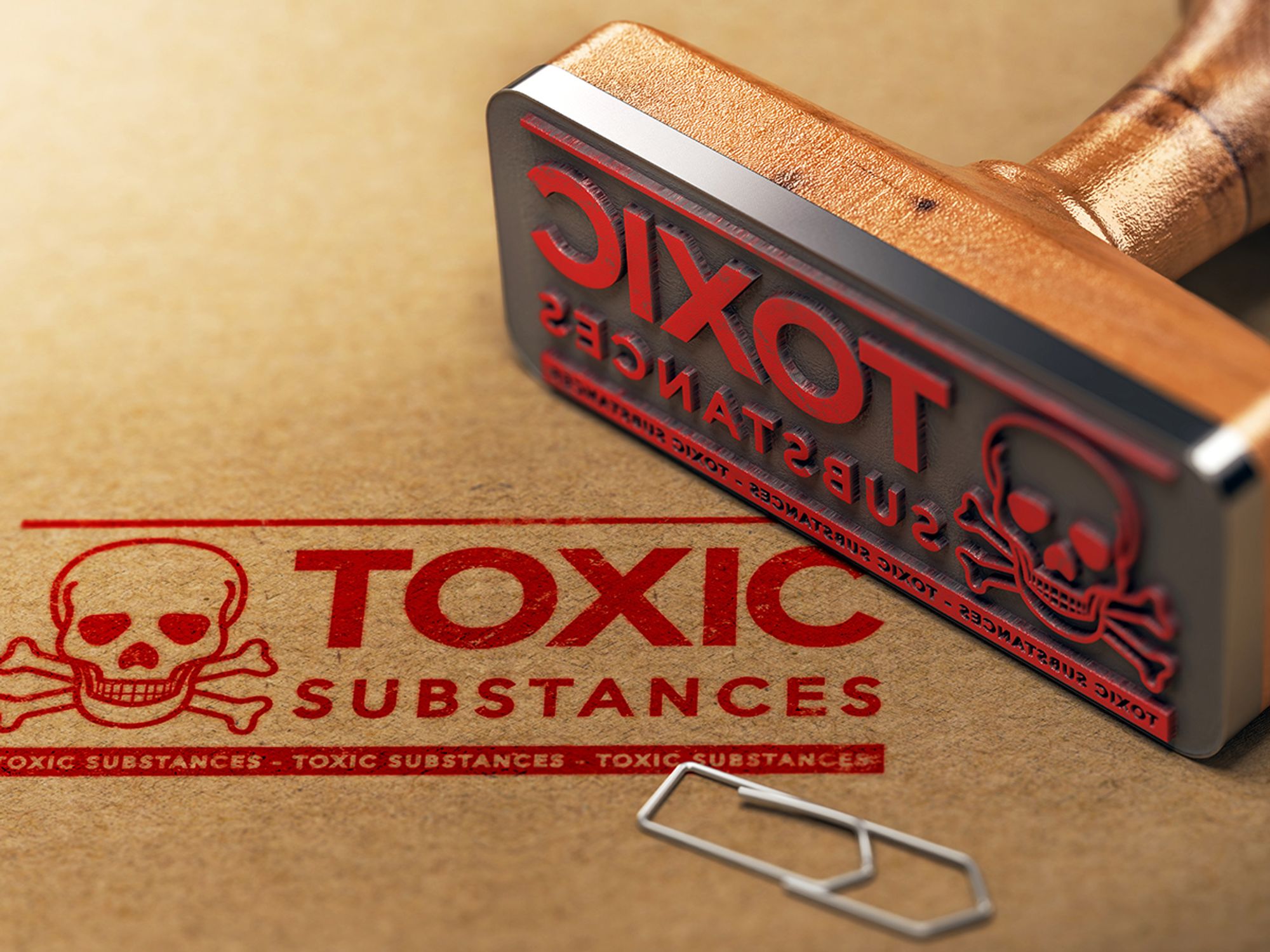Toxic Substances Control Act — EPA

Under the Toxic Substances Control Act (TSCA) of 1976 (codified at 15 U.S.C. 2601 et seq.), the Environmental Protection Agency (EPA) has broad authority to issue regulations designed to gather health, safety, and exposure information on, require testing of, and control exposure to chemical substances and mixtures. Drugs, cosmetics, foods, food additives, pesticides, and nuclear materials are exempt from TSCA, however.
Chemicals play a vital role
Chemicals — those found in nature and those created in laboratories — are at the heart of the nation’s industrialized, technology-based society. They help protect human health and control pests. Chemicals help clothe, shelter, and feed humans. They are found in innumerable products for homes, businesses, and industry. The chemical industry plays a vital role in the economy of the U.S.
Some chemicals have been found to be harmful
About 42,000 chemical substances are presently manufactured or processed for commercial use in the U.S. with more introduced each year. EPA explains that although most chemicals present no unreasonable risk to the environment or human health when used properly, in the past some chemicals commonly used and widely dispersed have been found to be significantly harmful. An example is the family of chemicals called polychlorinated biphenyls, or PCBs. It was not until after tens of millions of pounds of PCBs were produced and released into the environment that scientists realized how persistent and potentially toxic they were. In fact, scientists have found PCBs in humans and even in the milk of nursing mothers.
Toxic chemical hazards are identified and controlled under TSCA
By enacting TSCA, Congress established a number of new requirements and authorities for identifying and controlling toxic chemical hazards in human health and the environment. Programs now exist under TSCA to gather information about the toxicity of particular chemicals and the extent to which people and the environment are exposed to them, to assess whether they cause unreasonable risks to humans and the environment, and to institute appropriate control actions after weighing their potential risks against their benefits to the nation’s economic and social well-being.
